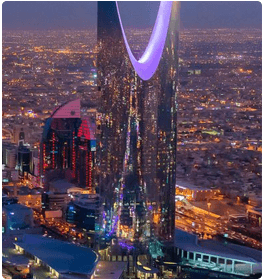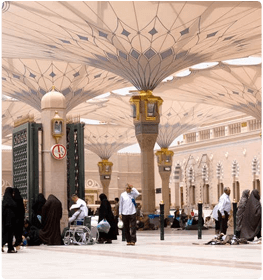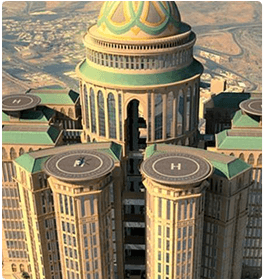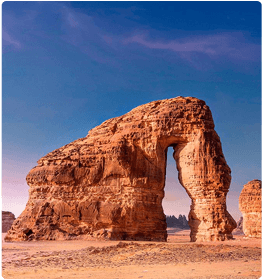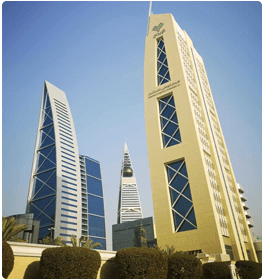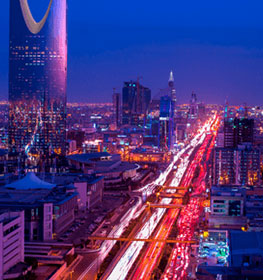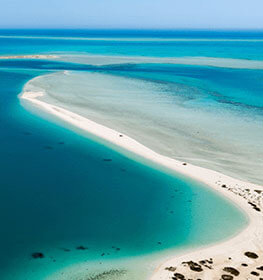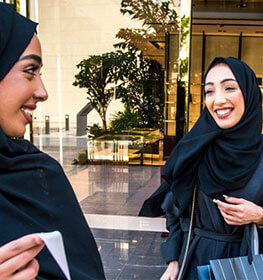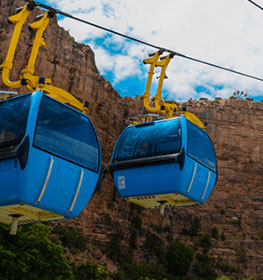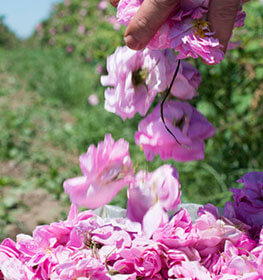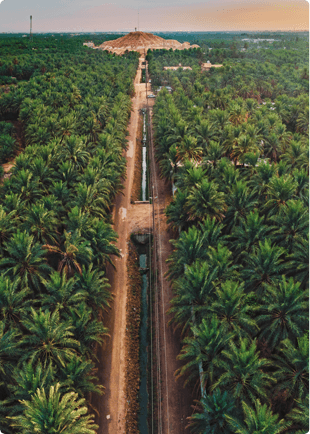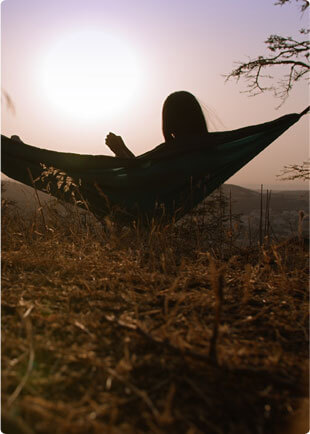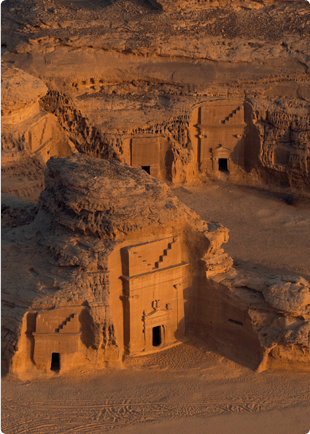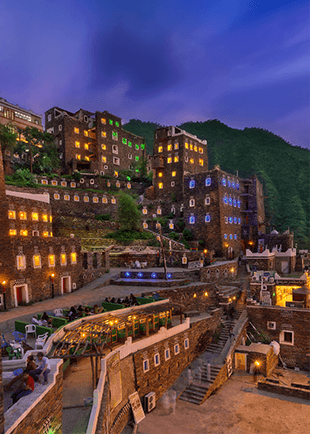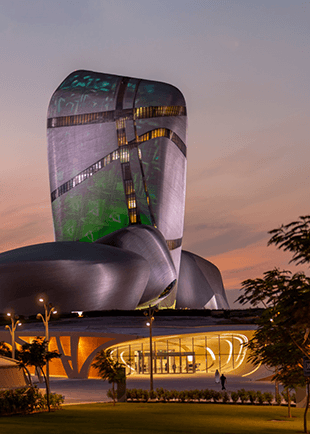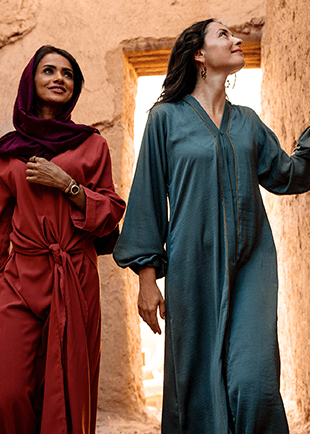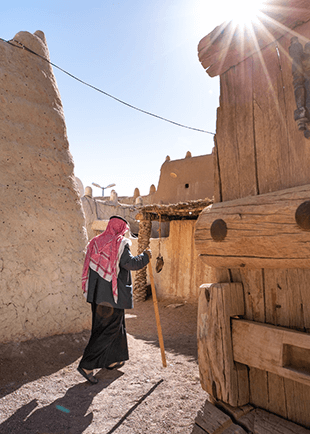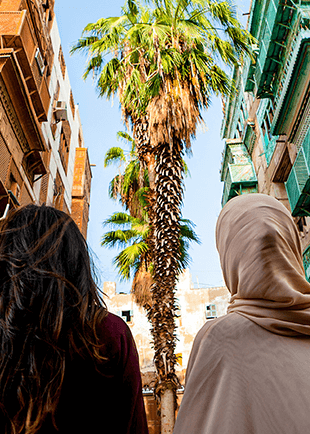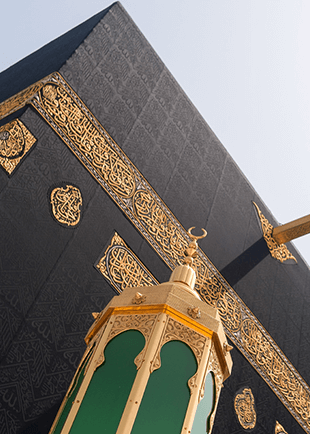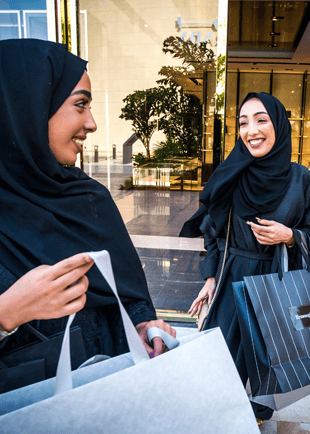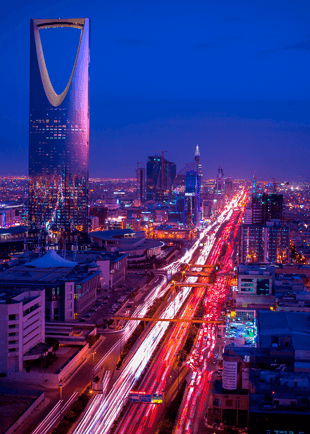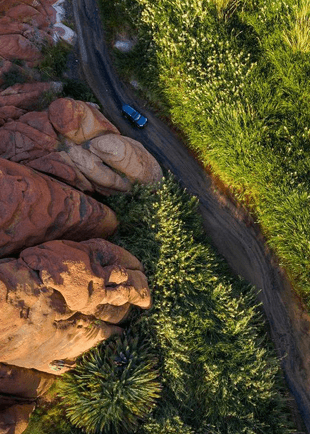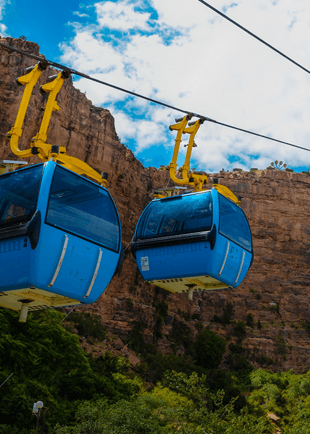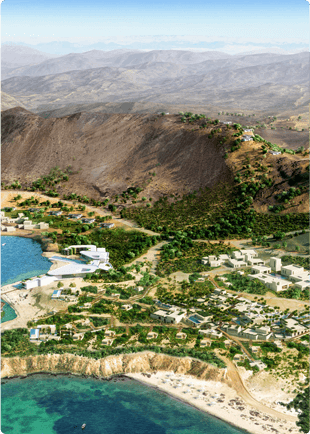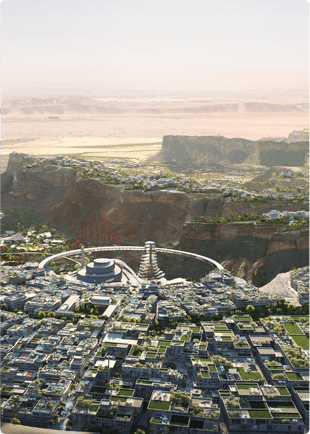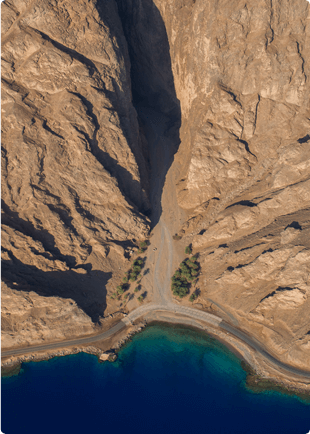The Kingdom of Saudi Arabia
The Kingdom of Saudi Arabia is the largest country in the Middle East, and fourth most populous in the MENA region with its 2020 population estimated at approximately 35 million people.
80 % of Saudis live in ten major urban centers – Riyadh, Jeddah, Makkah, Medina, Hofuf, Taif, Khobar, Yanbu, Dhahran, Dammam. The country is also home to a large community of expatriate residents, including those from Western markets, India and Asia who live in the cities of Riyadh, Jeddah, Yanbu and Dhahran.
Saudi Theme
Destination information
Saudi: Tourism information
and statistics
Visa logistics
The Saudi e-Visa process, launched in September 2019, is %100 digital. The e-Visa is a multiple-entry visa valid for a year, allowing tourists to stay for up to 90 days per visit, and up to 180 days per year.
Tourists from eligible countries can apply for a tourist visa online through the fast and easy-to-use e-Visa portal (https://visa.visitsaudi.com) ahead of their trip, or upon arrival in Saudi Arabia through visa kiosks at immigration.
Tourists from other countries should apply for a consulate visa through Saudi embassies and consulates abroad.
Visitors from any country can gain a tourism visa-on-arrival if they have an activated and valid US, UK or Schengen visa and are travelling with a Saudi national airline (Saudia, Flynas or Flydeal). Tourism visas cost SAR 440 plus VAT and are inclusive of mandatory health insurance.
Visa numbers

First six months after the e-Visa was launched,
+ 400,000 visas were issued

By 2022, Saudi Arabia is targeting
62M annual visits

By 2030, Saudi Arabia expects to host
100M annual visits
from both the domestic and international market.
Saudi Q&A
Spring in Saudi Arabia can be brisk, particularly in the north, where the temperature at night can drop below 15 degrees C. The central and southern regions are warmer, averaging around 20 degrees after nightfall. Rainfall is at its highest during spring, particularly in the central region and in the southwest over the Asir Mountains.
With the exception of the comparatively mild highlands in the southwest, summer signals the start of rising temperatures across most of the country, with the average hovering around 45 degrees C. The early mornings and long evenings are more temperate, so take advantage of the warm seas to explore Saudi’s world-class scuba diving sites, or try sailing and snorkeling.
Autumn brings gentler weather and cool breezes in both Saudi Arabia’s northern regions and the southwestern highlands. While daytime temperatures remain warm and can reach the 30s in early fall, evenings are milder and fit for outdoor strolling, especially along Jeddah’s waterfront, indulging in alfresco dining or visiting Al Ahsa’s cool desert springs.
Take advantage of Saudi Arabia’s beautiful winter weather to explore the kingdom. The balmy days and cool nights are ideal for camping, rock climbing or exploring Saudi Arabia’s verdant highlands and bustling cities, from Riyadh to Jeddah. Average winter temperatures are in the teens, but visitors might be lucky enough to see snowfall in the mountains of the northern regions blanketing the slopes and desert sands.

